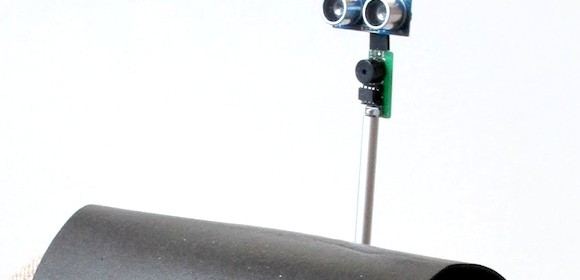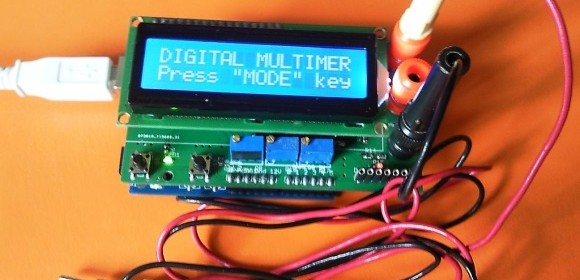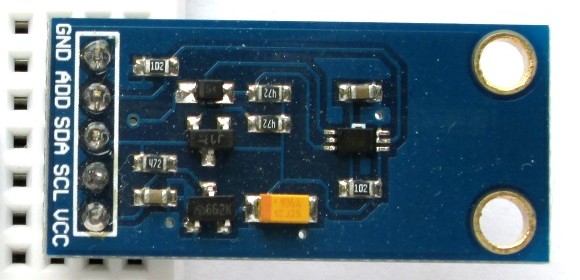Hackaday announces a hardware contest; the winner goes to space

Hackaday has announced an open hardware design contest today for the worldwide community of hackers and the grand prize winner will receive a free trip to space or $196,418 cash. We want the next evolution of connected devices to happen now and we want it to be Open. Why shouldn’t Hackaday be the biggest cheerleader, encourager, and enabler for the cause of Open Hardware? Build a piece of hardware that moves past the rut of “Internet-enabled refrigerators” and billion dollar thermostats (we couldn’t resist). Think big, come up with a piece of hardware that has the potential to change the lives of many.
Read more


